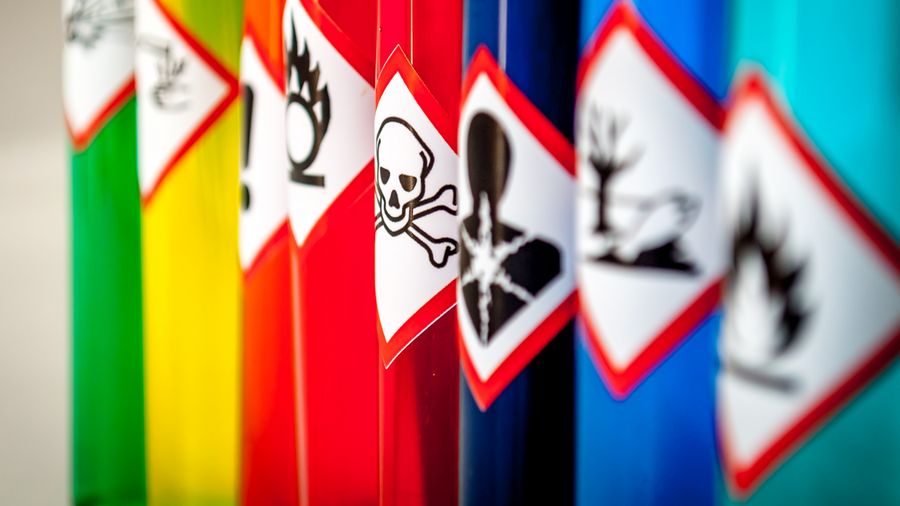Your cart is empty.
Let's change that. Start Shopping
Let's change that. Start Shopping
Jul 20, 2021

It’s right there in our name – Ingredients Matter. We believe that people have a right to know what goes in, on and around their bodies and that transparency in household cleaning is a good thing. We’ve seen a lot of recent news about 1, 4 Dioxane and Ethylene Oxide (EtO), so here’s a quick primer on these dangerous chemicals, so you know what to avoid.
What is 1, 4 Dioxane and how is it made?
1, 4 Dioxane is a chemical byproduct in many household cleaning and personal care products. It’s created through the reaction process (aka Ethoxylation) of Ethylene Oxide (EtO for short) used to make detergents. When Ethylene Oxide is combined with fatty alcohols to make detergents, 1, 4 Dioxane can be left behind. EtO is 1 of only 92 chemicals on the EPA Section 302 list of 350 “extremely hazardous substances;” it mutates human DNA and can cause lymphoma, leukemia, stomach and breast cancer. In 2016, the EPA concluded that Ethylene Oxide is at least 30 times more hazardous than previously understood, so it makes sense that its’ byproduct, 1, 4 Dioxane, is also dangerous to humans and the planet.
If it’s dangerous, why is it used in household products?
Ethoxylation is the process used to create most detergents. It creates cheap and efficient surfactants (cleaners) that go into things like facial cleanser, toothpaste and laundry detergent. 1, 4 dioxane is a byproduct of this process. In short, it makes high-performing household products that are cheap.
What are regulators doing about it?
After chemical exposures surrounding many Ethylene Oxide plants, and groundwater testing showing high 1, 4 Dioxane levels, states are beginning to crack down. New York recently restricted household products to a maximum of 2 parts 1,4-Dioxane per million by the end of 2022 and they are reducing that allowable limit to 1 ppm in 2023.
How to spot Ethylene Oxide and 1, 4 Dioxane
Ethoxylated ingredients go by a few names. Here are the most common ingredients to look for:
Sodium Laureth Sulfate
Laureth-6 and Laureth-7
C12-16 Pareth
Polyethylene Glycol (this ingredient is usually referred to as PEG with a corresponding number)
Where can I get more information?
Chemical and Engineering News explores how companies are trying to adapt to building awareness of 1, 4 Dioxane in consumer products.
The National Law Review shares recent action to reduce 1, 4 Dioxane in New York and California.
In 2018, The Chicago Tribune dove into the risks of Ethylene Oxide and government hesitations to limit exposure.
Our products have always been and will continue to be free from Ethylene Oxide/Ethoxylates and 1, 4 Dioxane.